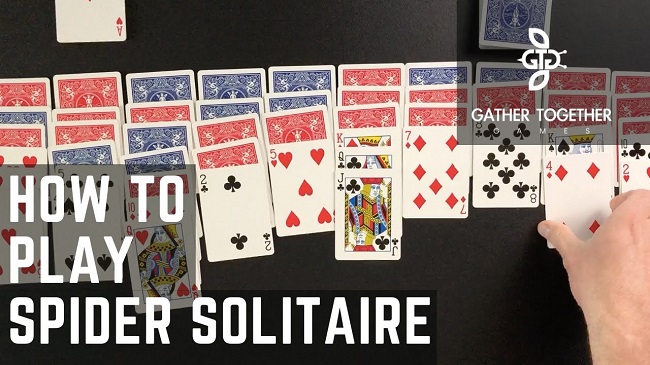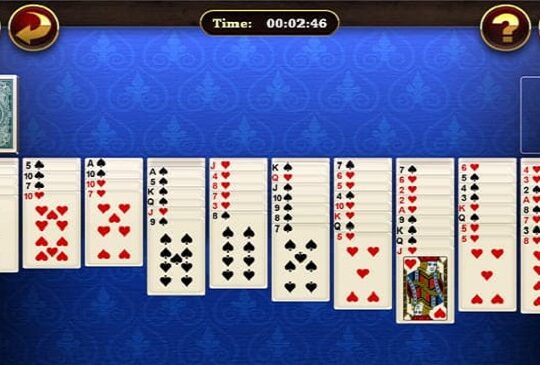The game of Spider Solitaire can be a great way to practice your patience. It is one of the most popular two-deck solitaire games. The game originated in 1949. Its name comes from a spider’s eight legs, representing the eight foundation piles. It is also known as the patient game.

Rules
When playing Spider Solitaire, you can choose from various strategies. You can either click on the white flag to give up, or you can choose to work your way through each round. In either case, the game’s primary goal is to collect as many points as possible throughout a match. During each round, you will see either green or red numbers indicating how many points you have ordered.
The four-suit version is the most challenging type of Spider Solitaire. This game has many more advanced rules and demands of you than the simpler versions. To move one card, you must place it on a card lower than the one you put it on. To move groups of cards, you can only do so when all cards are in the same suit and descending in order. For example, diamonds 9, 8, and 7 can be moved on top of an open Jack. You can also carry a face-down card.
In this type of Solitaire, players use two decks with 54 cards. There are ten tableau piles and ten foundation piles. In a regular game, the players must build a sequence of cards, eight from each suit, until they reach the foundation pile. In some variants, you can even build Kings on Aces. You don’t have to use all your cards to make tableau piles. In addition, you can move one card at a time, although you can only move groups of cards of the same suit.
Scoring
There are two methods for scoring Spider Solitaire: manual scoring and digital scoring. Manual scoring involves noting the number of moves and points taken. Digital scoring uses a timer that contributes to your score. Windows 7 also displays your score in the Games Explorer. The best way to score Spider Solitaire is to place the sequences of cards in order.
Manual scoring is more time-consuming but allows you to make more strategic moves. A game of Spider Solitaire has many paths to success, but only 1/3 of them are solved optimally. This means that mistakes reduce your chances of winning. Fortunately, scoring well is still possible, even if you make some mistakes.
Standard scoring in Spider Solitaire uses two decks of cards, each with different suits. However, beginners might want to try the one-suit version. In this version, the top card in a column must be one rank higher than the one below it. The free columns can be filled with any card if you miss a suit.
Instructions
Spider Solitaire is a card game played with two standard decks of cards. These decks contain 104 cards. You can add more tiers if you want to make the game easier. You can also choose to use a computer to play the game. The computer will allow you to keep a score even if you play alone.
The objective of the game is to accumulate a certain number of cards. When the deck is complete, you should place all the cards face up in one column. This will create a stockpile of cards. When more cards are dealt, you must rearrange the columns. There are three standard versions of spider solitaire. Each of these games is similar in its basic rules.
A critical strategy in Spider Solitaire is limiting the number of turns you take. This strategy will help you collect more points while making fewer moves. Many players make too many moves, which hurts their scores. To reduce the number of activities, experts recommend adding order overturning. Adding order involves combining runs in the game state and reducing suit changes within the runs. This strategy will help you shift cards within columns more quickly.


